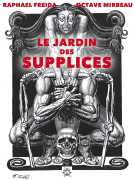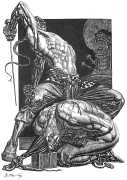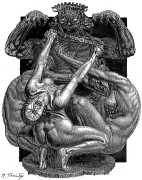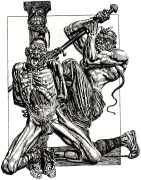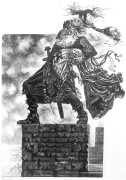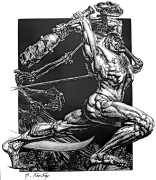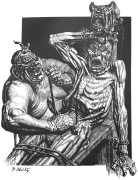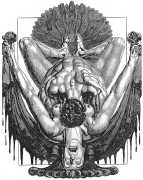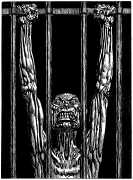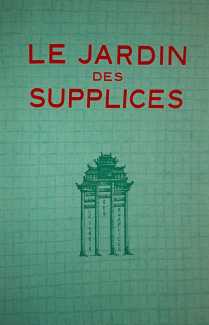 Le jardin des supplices (The Torture Garden) is a novel by the French journalist, novelist and playwright Octave Mirbeau, first published in 1899 during the Dreyfus affair, when a Jewish army officer was falsely accused of spying. The novel is ironically dedicated ‘To the priests, the soldiers, the judges, to those people who educate, instruct and govern men, I dedicate these pages of murder and blood’.
Le jardin des supplices (The Torture Garden) is a novel by the French journalist, novelist and playwright Octave Mirbeau, first published in 1899 during the Dreyfus affair, when a Jewish army officer was falsely accused of spying. The novel is ironically dedicated ‘To the priests, the soldiers, the judges, to those people who educate, instruct and govern men, I dedicate these pages of murder and blood’.
The book is a strange mixture of narrative, criticism and diatribe, its title coming from a section late in the book which describes a visit to a Cantonese prison by a narrator accompanied by the sadist and hysteric Clara, who delights in witnessing flayings, crucifixions and numerous tortures, all carried out in a beautiful garden. Parallel with this narrative is a denunciation of bloody colonialism, and a ferocious attack on what Mirbeau saw as the corrupt morality of bourgeois capitalist society and the state, both of which he believed were based on murder and the hiding of truth.
In many ways the commission for Le jardin des supplices was a natural progression from Thaïs. Mirbeau’s novel had only been illustrated once before, by the great Auguste Rodin (whose illustrations can be seen here), and the publishers of this new edition knew that they needed an illustration style which would complement the violence of Mirbeau’s narrative. Here is Alain Leduc exploring the relationship between writer and artist: ‘Freida is completely atypical and all the more interesting because, paradox for paradox, a transgressive writer and a transgressive illustrator are here brought together, monstrosity for monstrosity. Raphaël Freida, like Octave Mirbeau, delivers a lesson in aesthetics. What should this adaptation of Le Jardin des supplices look like? What should we see in these images? Bodies entangled, nailed, prostrate, bound, strapped, enslaved? A study of biceps and triceps for bodybuilders? Bodies under tension, the object of a morbid eroticism? The reader can only feel uncomfortable in the face of such an expression of cruelty. While we might see a voluptuous naked body, many of the plates could also be interpreted as dissection images for training medical students.’
The Freida illustrated Le jardin des supplices was published by Javal et Bourdeaux in a limited numbered edition of 538 copies.
A good English translation by Alvah Bessie of The Torture Garden was reissued by Bookkake in 2008, together with an excellent new introduction by Tom McCarthy.


